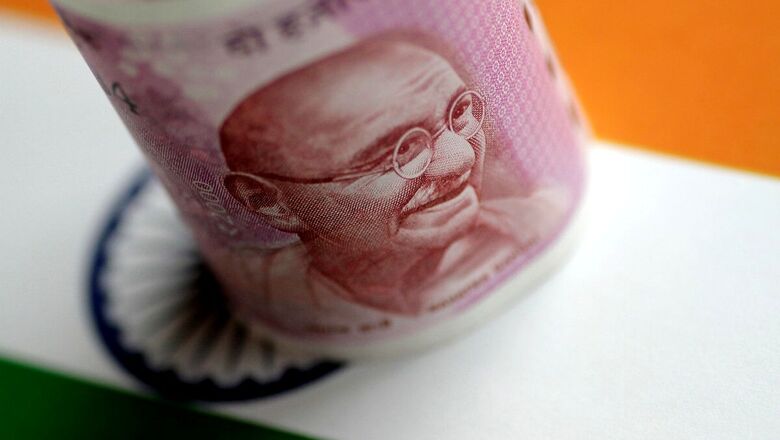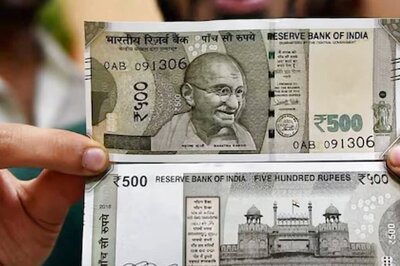
views
Retail inflation for industrial workers rose marginally to 5.91 per cent in October from 5.62 per cent in September this year mainly due to higher prices of certain food items. “Year-on-year (retail) inflation based on all-items stood at 5.91 per cent for October, 2020 as compared to 5.62 per cent for the previous month and 7.62 per cent during the corresponding month of the previous year,” a labour ministry statement said.
Similarly, it stated that food inflation stood at 8.21 per cent in October against 7.51 per cent of the previous month (September 2020) and 8.60 per cent during the corresponding month (October 2019) a year ago. The all-India Consumer Price Index for Industrial Workers (CPI-IW) for October 2020 increased by 1.4 points and stood at 119.5 points. On one-month percentage change, it increased by (+) 1.19 per cent between September and October, 2020 compared to (+) 0.93 per cent increase between corresponding months of the previous year. The maximum upward pressure in the current index came from the food & beverages group contributing (+) 1.29 percentage points to the total change.
At item level, arhar dal, poultry (chicken), eggs (hen), goat meat, mustard oil, sunflower oil, brinjal, cabbage, carrot, cauliflower, chillies green, gourd, lady finger, onion, peas, potato, electricity domestic, doctor’s fee, bus fare, etc. are responsible for the increase in index. However, it said that this increase was checked by wheat, fish fresh, tomato, apple, etc., putting downward pressure on the index. At centre level, Doom-Dooma Tinsukia, Patna and Ramgarh recorded the maximum increase of 4 points each. Among others, 3 points increase was observed in 9 centres, 2 points in 24 centres and 1 point in 33 centres. Rest of 19 centres’ indices remained stationary.
Commenting on the index, Labour Minister Santosh Gangwar said, “The increase in CPI-IW will have a positive effect on wages/salaries of industrial workers engaged in the organized sector besides government employees and pensioners.” The CPI-IW is the single-most important price statistics which has financial implications. It is primarily used to regulate the dearness allowance of government employees and workers in industrial sectors. It is also used in fixation and revision of minimum wages in scheduled employments besides measuring the inflation in retail prices.
Read all the Latest News, Breaking News and Coronavirus News here




















Comments
0 comment